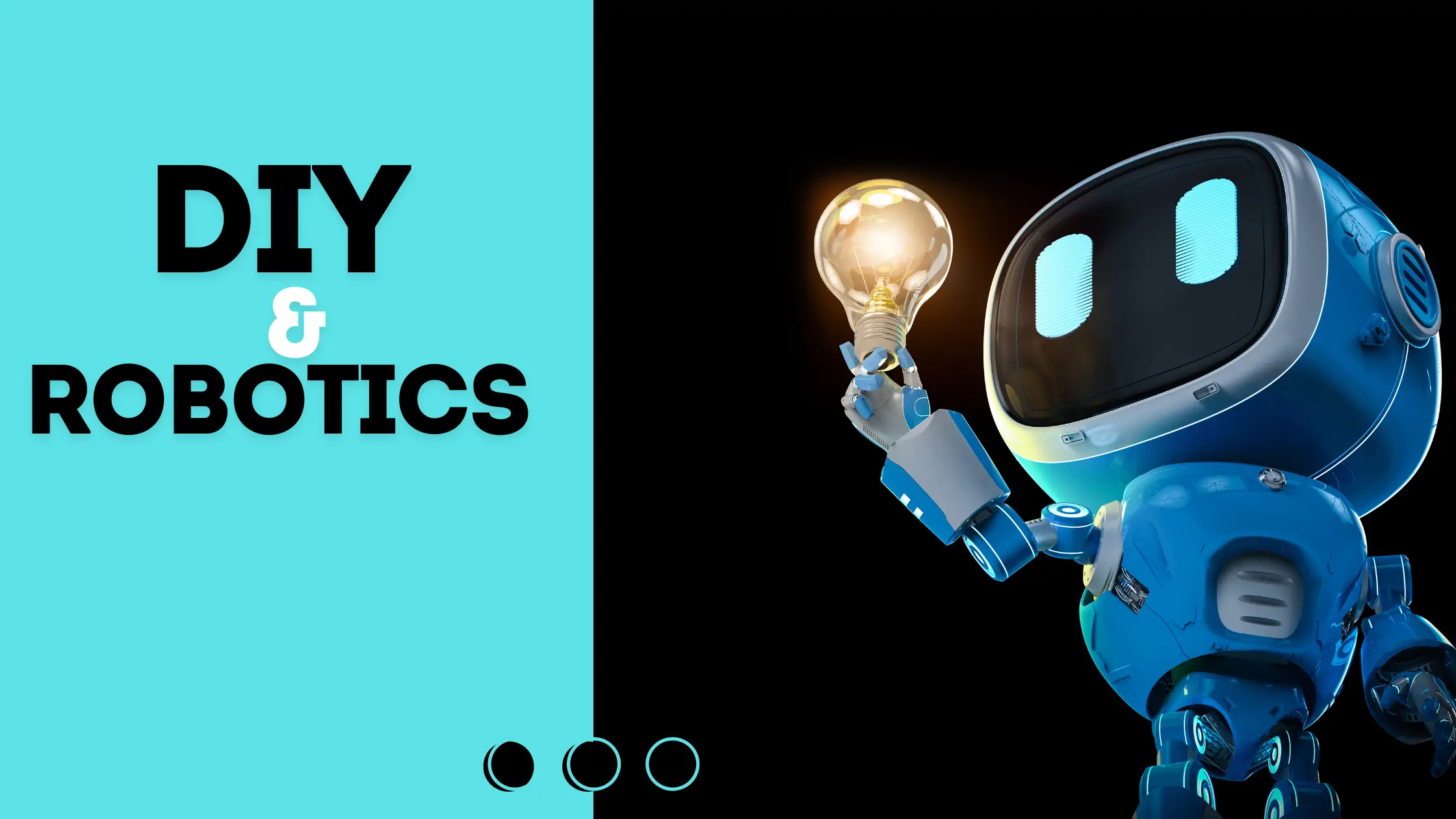DIY & Robotics: Exploring the World of Home-Built Robots

Welcome to the fascinating world of DIY robotics! Whether you’re a beginner just starting out or an experienced hobbyist looking for your next challenge, building your own robots can be an incredibly rewarding and educational experience. In this blog, we’ll explore some of the best DIY robotics projects you can undertake, from simple line-following robots to complex autonomous navigation systems. Let’s dive in!
Why DIY Robotics?
DIY robotics combines creativity, problem-solving, and technology in a hands-on way. Here are some reasons to consider diving into this exciting hobby:
- Educational: Learn about electronics, programming, mechanics, and sensors.
- Customizable: Build robots tailored to your interests and needs.
- Cost-Effective: Use readily available components and tools.
- Satisfaction: Experience the joy of creating something functional from scratch.
Getting Started: Beginner Level Projects
- Line Following Robot
- Materials: Arduino board, motor driver, IR sensors, DC motors, chassis, wheels, battery.
- Description: This robot follows a line on the ground using IR sensors to detect the path. It’s a great way to learn about basic sensor integration and motor control.
- Obstacle Avoidance Robot
- Materials: Arduino board, ultrasonic sensors, motor driver, DC motors, chassis, wheels, battery.
- Description: This robot navigates around obstacles by using ultrasonic sensors to detect and avoid them. This project teaches basic programming and sensor usage.
- Light Following Robot
- Materials: Arduino board, photoresistors (light sensors), motor driver, DC motors, chassis, wheels, battery.
- Description: This robot follows a light source, making it a fun and simple project to understand how sensors can control motor actions.
Intermediate Level Projects
- Bluetooth Controlled Robot
- Materials: Arduino board, Bluetooth module, motor driver, DC motors, chassis, wheels, battery, smartphone.
- Description: Control this robot via your smartphone using Bluetooth communication. This project introduces wireless communication and mobile app integration.
- Voice Controlled Robot
- Materials: Arduino board, voice recognition module, motor driver, DC motors, chassis, wheels, battery.
- Description: This robot responds to voice commands, teaching you about voice recognition and command processing.
- Robotic Arm
- Materials: Servo motors, Arduino board, control interface, structural components.
- Description: Build a robotic arm that can pick and place objects. This project involves precision control and programming for coordinated movements.
Advanced Level Projects
- Autonomous Navigation Robot
- Materials: Arduino/Raspberry Pi, LIDAR or ultrasonic sensors, GPS module, motor driver, DC motors, chassis, wheels, battery.
- Description: Create a robot that navigates autonomously using sensors and GPS. This project covers advanced topics like sensor fusion and path planning.
- Robot with Computer Vision
- Materials: Raspberry Pi or Jetson Nano, camera module, motor driver, DC motors, chassis, wheels, battery.
- Description: Incorporate computer vision for object detection and tracking. This project leverages machine learning and image processing techniques.
- Hexapod Robot
- Materials: Servo motors, Arduino/Raspberry Pi, motor driver, battery, chassis, sensors.
- Description: Build a six-legged robot that mimics insect movements. This complex build involves advanced movement algorithms and sensor integration.
- Self-Balancing Robot
- Materials: Arduino/Raspberry Pi, IMU sensor, motor driver, DC motors, chassis, wheels, battery.
- Description: A robot that maintains its balance on two wheels using feedback from an IMU sensor. This project focuses on dynamic stabilization and control systems.
Tips for Successful DIY Robotics Projects
- Start Small: Begin with simpler projects to build foundational knowledge.
- Modular Approach: Break down your project into smaller tasks like motor control, sensor integration, and coding.
- Use Resources: Utilize online tutorials, documentation, and community forums for guidance.
- Experiment and Iterate: Don’t hesitate to experiment with different designs and iterations to improve functionality.
Conclusion
DIY robotics offers endless possibilities for creativity, learning, and innovation. Whether you’re following a tutorial or inventing your own design, the journey of building robots is filled with valuable lessons and rewarding achievements. So, gather your tools, pick a project that excites you, and start building your own robotic marvels today!
Feel free to share your own DIY robotics projects and experiences in the comments below. Happy building!